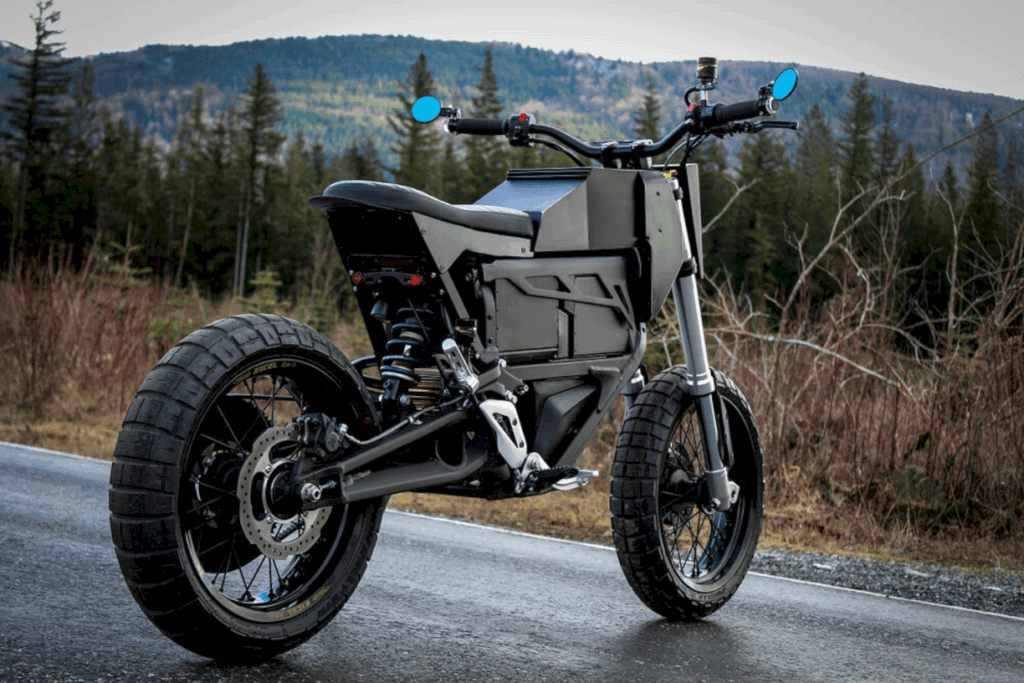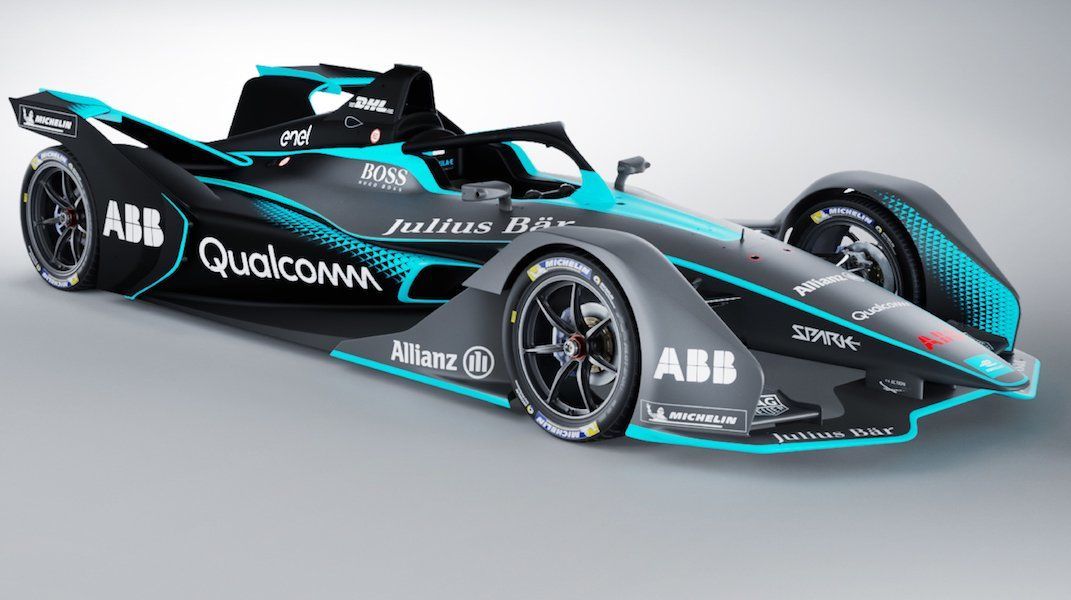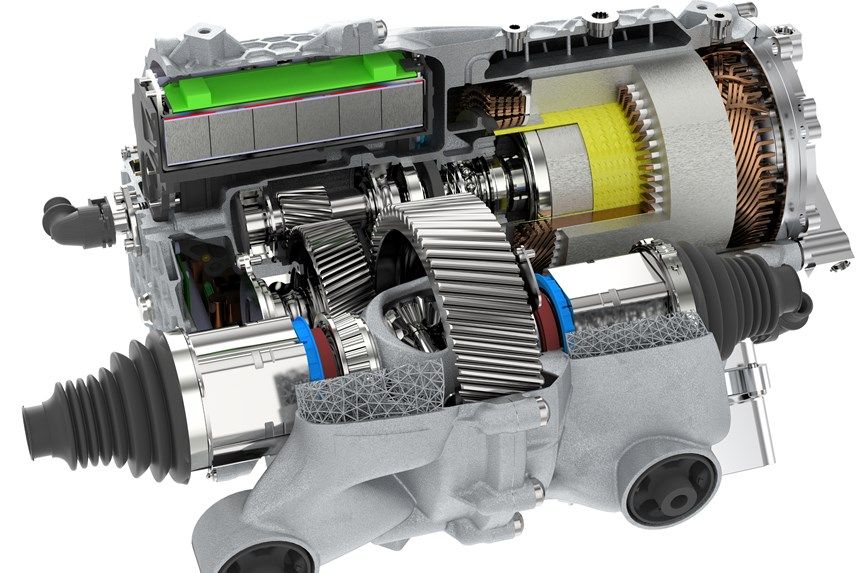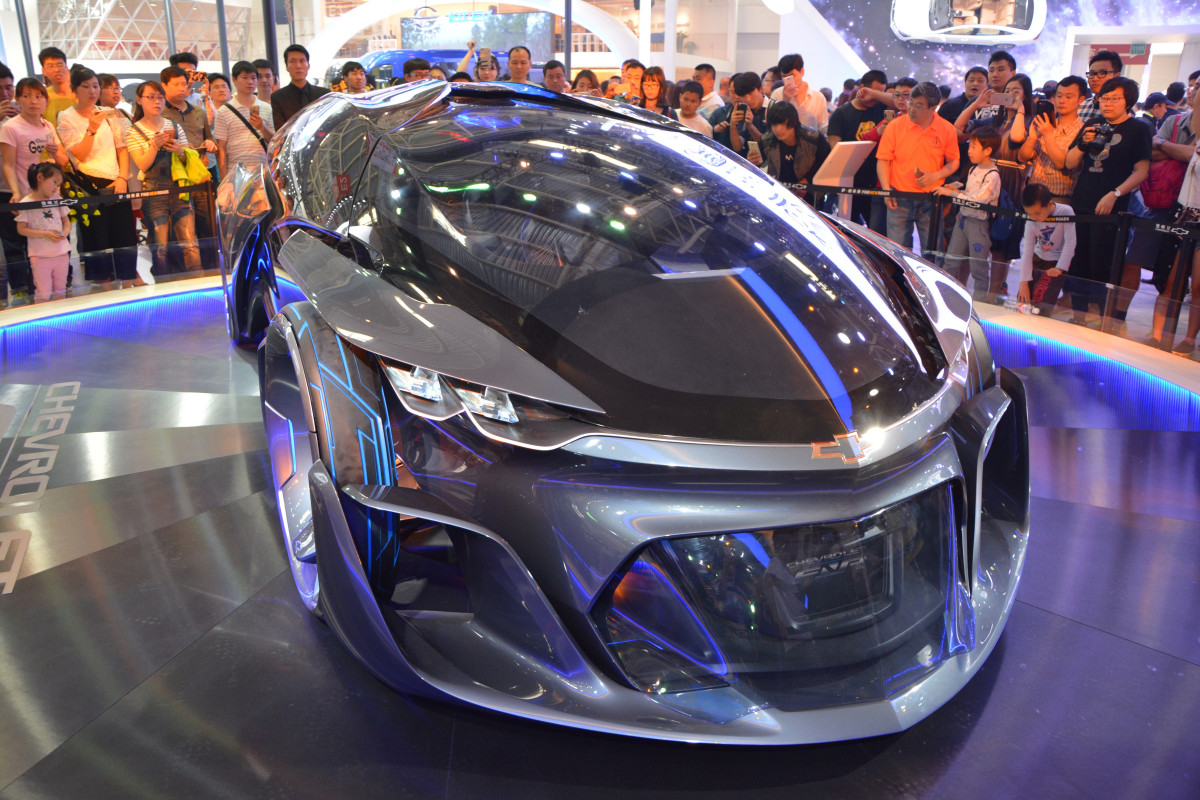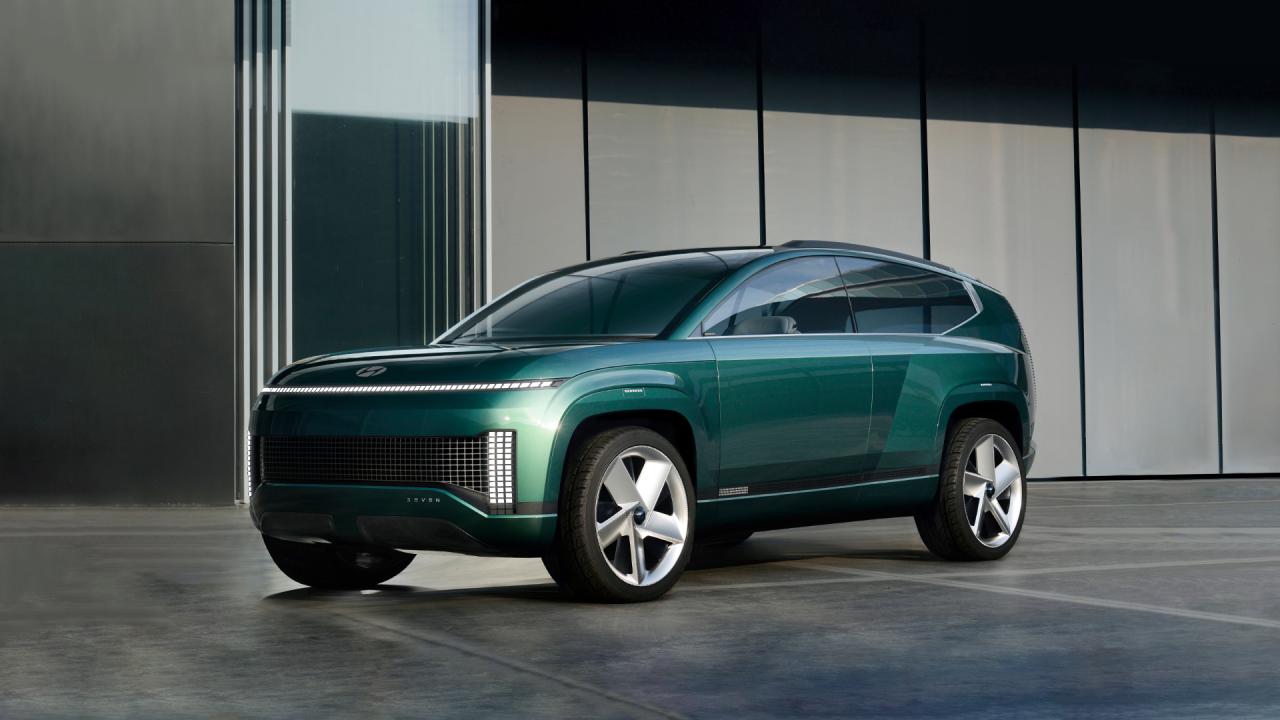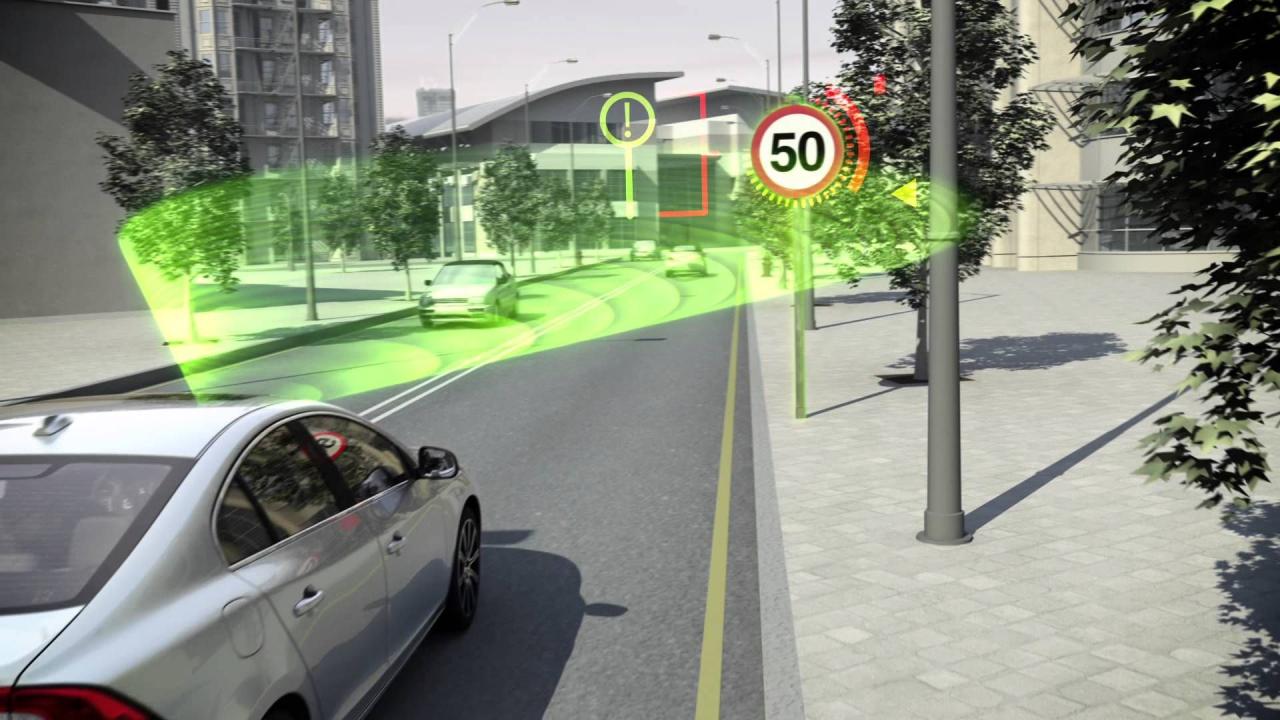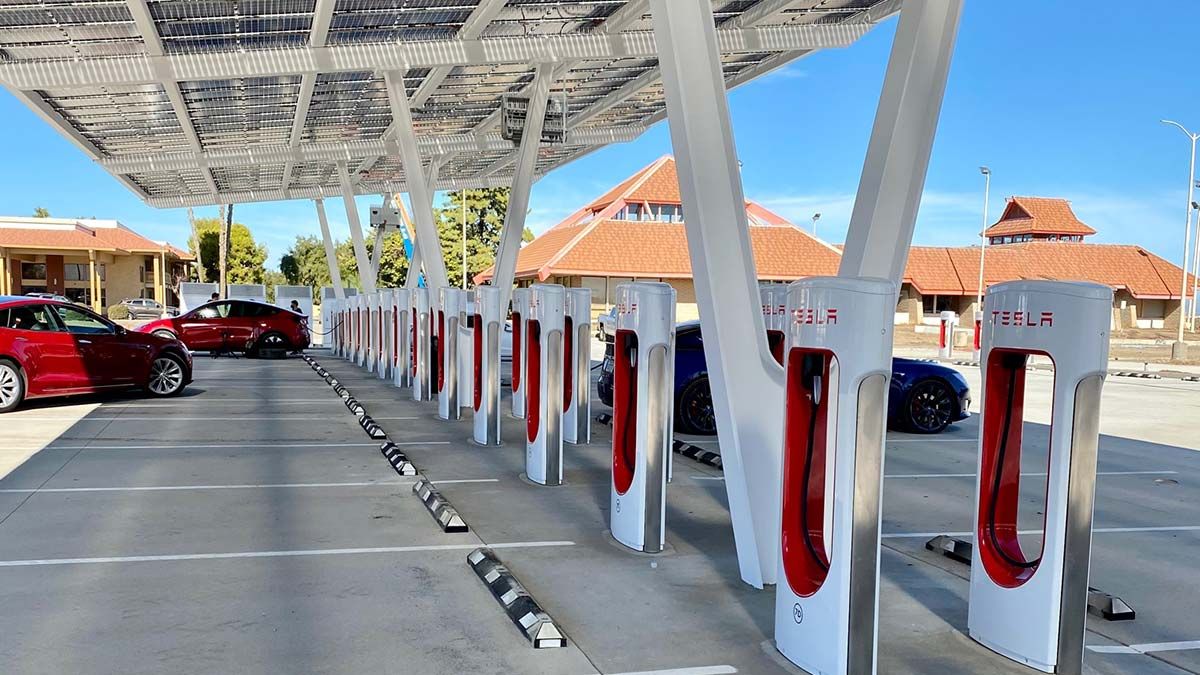The Silent Revolution: Thrills Go Electric
The roar of internal combustion engines has long been the soundtrack of motorsport, synonymous with speed, power, and high-octane drama. Yet, a transformative shift is undeniably underway, with electrification rapidly gaining traction across various racing disciplines. This isn’t merely an environmental footnote; it’s a fundamental redefinition of performance, strategy, and the very spectacle of racing. From the pioneering sparks of Formula E to the silent, blistering pace of electric dragsters, motorsport electrification heats up, promising a future where high-performance electric powertrains deliver thrilling competition and push the boundaries of automotive technology in ways previously unimaginable. This silent revolution is not just changing how races are won, but how performance vehicles are developed, impacting the broader automotive landscape.
The Spark of Change: A Brief History of Electric Racing
While modern electric motorsport feels like a recent phenomenon, its roots stretch back further than many might assume. Early electric vehicle (EV) speed records were set over a century ago, with “La Jamais Contente,” an electric car, breaking the 100 km/h barrier in 1899. However, the true push for electric racing as a viable, competitive discipline began in the late 20th and early 21st centuries.
Initial attempts often involved modified road EVs or bespoke prototypes in niche events. The first significant international series to fully embrace electric power was the FIA Formula E Championship, launched in 2014. This series was a bold gamble, aiming to showcase the potential of sustainable mobility in competitive racing, and crucially, to drive technological development for road-going electric vehicles. Its urban street circuits, single-day event format, and emphasis on energy management immediately set it apart.
The success and growing popularity of Formula E spurred other disciplines to explore electrification. From electric rallycross to silent drag racing, and even experimental electric entries at legendary events like the Pikes Peak International Hill Climb, the momentum became undeniable. Automakers, initially hesitant, soon recognized the immense marketing and R&D value in electric motorsport. It became a powerful platform not just for showcasing speed, but for accelerating battery technology, motor efficiency, and power electronics, directly benefiting their consumer EV divisions. This historical progression highlights a growing acceptance that electric power is not a compromise, but a new frontier for performance.
Electrification Across Disciplines: A Diverse Landscape
The adoption of electric powertrains is not confined to a single racing category; it’s a trend sweeping across a diverse range of motorsport disciplines, each adapting the technology to its unique demands.
A. Formula E: The Pioneer of All-Electric Open-Wheel Racing. i. Urban Street Circuits: Formula E’s distinctive feature is its exclusive use of temporary street circuits in major global cities, bringing racing directly to urban populations. This highlights the practical urban relevance of electric vehicles and their quiet operation. ii. Energy Management as Strategy: Unlike traditional racing, Formula E places a significant emphasis on energy management. Drivers must meticulously manage battery consumption throughout the race, making strategic use of regeneration and power modes. This adds a unique tactical dimension to the racing. iii. Technological Evolution: Starting with spec chassis and powertrains, Formula E has steadily opened up regulations to allow manufacturers to develop their own electric motors, inverters, and gearboxes. This competitive development directly feeds into road car technology, particularly in areas like power density and thermal management. iv. Fan Engagement (Fanboost): The series innovatively engages fans through “Fanboost,” allowing them to vote for their favorite drivers to receive a temporary power boost during the race, adding a unique interactive element.
B. Electric Rallycross: Short, Sharp, and Sustainable. i. Instant Torque for Explosive Acceleration: Rallycross, with its short, intense races featuring mixed surfaces (asphalt and dirt) and jumps, is perfectly suited for electric powertrains. The instantaneous and enormous torque delivery of electric motors provides blistering off-the-line acceleration, crucial for gaining an early advantage. ii. Reduced Local Emissions: Holding events in often semi-urban or park settings benefits from the zero-emission nature of electric rallycross, reducing noise and air pollution locally. iii. World RX Transition: The FIA World Rallycross Championship made a full transition to electric powertrains for its top-tier category, showcasing powerful, all-wheel-drive electric machines that can outperform their petrol counterparts in specific metrics.
C. Electric Touring Cars and GT Racing: Endurance and Performance. i. ETCR (Electric Touring Car Racing): This championship features high-performance electric touring cars, demonstrating the potential for sustainable, thrilling door-to-door racing. The focus is on power delivery, chassis dynamics, and thermal management over longer race distances. ii. GT Class Electrification: While not yet fully electric, hybrid powertrains are increasingly being integrated into GT racing (e.g., in endurance events), signaling a step towards full electrification. The challenge here is balancing weight, battery capacity, and charging infrastructure for multi-hour races. iii. Nürburgring Nordschleife Records: Electric prototypes have set incredible lap records on challenging circuits like the Nürburgring Nordschleife, demonstrating their raw speed and handling capabilities.
D. Electric Drag Racing: The Ultimate Acceleration Test. i. Unmatched Acceleration: Electric drag cars, with their ability to deliver 100% torque from zero RPM, are inherently superior to internal combustion engines in pure acceleration. Records for 0-60 mph, 1/8 mile, and 1/4 mile are consistently being broken by electric vehicles. ii. Specialized Powertrains: These vehicles often feature multiple powerful electric motors, highly specialized battery packs, and advanced power electronics designed for extreme, short bursts of energy discharge. The focus is purely on straight-line speed and traction.
E. Electric Off-Road Series (e.g., Extreme E): A Test of Endurance in Remote Locations. i. Environmental Awareness: Extreme E combines off-road racing with a strong environmental message, racing in remote, ecologically sensitive locations (deserts, glaciers, jungles) to highlight climate change issues. ii. Rugged Electric SUVs: The series uses purpose-built electric SUVs designed to withstand extreme terrains and conditions, pushing the boundaries of electric powertrain durability and thermal management in challenging environments. iii. Gender Equality: Extreme E also promotes gender equality by requiring each team to have one male and one female driver, sharing driving duties.
F. Electric Hill Climbs and Records: i. Pikes Peak International Hill Climb: This iconic “Race to the Clouds” has become a proving ground for electric prototypes. With no performance degradation at high altitudes (unlike internal combustion engines which lose power in thin air), electric vehicles have consistently set new overall records, demonstrating their raw power and efficiency. ii. Land Speed Records: Experimental electric vehicles are also chasing land speed records, pushing battery and motor technology to its absolute limits on salt flats and other high-speed venues.
The Technological Leaps: Driving Innovation
The competitive pressures of motorsport accelerate technological development, pushing electric vehicle components to their absolute limits. Lessons learned on the track directly influence the design and performance of future road-going EVs.
A. Battery Technology: The Energy Core. i. Higher Energy Density: Racing demands maximum power from the smallest, lightest possible battery. Motorsport pushes for higher energy density (more power/energy per unit of weight/volume), using advanced cell chemistries and packaging. ii. Rapid Charging Capabilities: While race-specific, the need for quick turnaround charging (or battery swapping) in some series drives innovation in high-power charging systems, impacting future public fast-charging infrastructure. iii. Advanced Thermal Management: Managing battery temperature is critical for performance, longevity, and safety. Racing environments expose batteries to extreme heat and rapid discharge/recharge cycles, forcing development of highly efficient cooling and heating systems, often involving intricate liquid cooling loops or even direct contact cooling. This is crucial for maintaining optimal performance and preventing degradation or thermal runaway. iv. Durability and Safety: The high-stress environment of racing forces manufacturers to build robust battery packs that can withstand crashes and extreme vibrations, while maintaining stringent safety protocols to prevent thermal events.
B. Electric Motors: Power and Efficiency. i. Power Density and Efficiency: Motorsport demands incredibly powerful yet compact and lightweight electric motors. Development focuses on high power density (power output per unit of weight/volume) and maximizing efficiency to convert electrical energy into mechanical power with minimal losses, crucial for extending range and performance. ii. High RPM and Torque Delivery: Race motors are designed for sustained high-RPM operation and instantaneous torque delivery, crucial for acceleration and responsiveness. Innovations in motor windings, cooling, and magnetic materials are continuously explored. iii. Integrated Drivetrains: Often, the electric motor, inverter, and gearbox are integrated into a single, compact unit, reducing weight and improving packaging efficiency.
C. Power Electronics and Inverters: The Brains of the Powertrain. i. High-Efficiency Inverters: Inverters convert direct current (DC) from the battery into alternating current (AC) for the motors. Race-spec inverters are designed for extremely high efficiency, managing massive power flows with minimal energy loss. They often utilize advanced materials like Silicon Carbide (SiC) to handle higher voltages and temperatures, leading to smaller, lighter, and more efficient units. ii. Advanced Control Algorithms: Sophisticated software algorithms manage power delivery, regeneration, torque vectoring, and thermal management in real-time. These algorithms are constantly refined through racing, optimizing every watt of energy for maximum performance and stability. iii. Regenerative Braking Systems: Crucial for extending range and managing energy. Race cars develop highly efficient regenerative braking systems that can recover significant amounts of kinetic energy during deceleration and feed it back into the battery, effectively acting as a secondary brake system while also boosting efficiency.
D. Chassis, Aerodynamics, and Weight Management: i. Lightweighting: The inherently heavy battery packs in EVs necessitate extreme lightweighting in other areas. Carbon fiber monocoques, exotic alloys (titanium, magnesium), and optimized structural designs are critical to keep overall vehicle weight down, ensuring agility and performance. ii. Aerodynamic Optimization for EVs: While drag reduction is universal, electric race cars often have different cooling requirements and packaging constraints, leading to unique aerodynamic solutions. Active aero elements, diffusers, and underbody sculpting are all fine-tuned for maximizing downforce and minimizing drag for electric powertrains. iii. Integrated Cooling Solutions: Managing the heat generated by powerful electric motors, inverters, and battery packs is a major engineering challenge. Race cars often feature highly complex, integrated liquid cooling systems that are paramount for sustained performance and reliability under extreme conditions.
The Benefits Beyond the Track: A Broader Impact
The relentless pursuit of performance and efficiency in electric motorsport yields significant benefits that extend far beyond the racetrack, impacting the entire automotive industry and society.
A. Accelerated EV Development for Road Cars: i. Direct Technology Transfer: Innovations in battery thermal management, motor efficiency, power electronics, and software control developed for racing cars are directly transferred to road-going electric vehicles, accelerating their performance, range, charging speeds, and reliability. ii. Proving Ground for New Concepts: Electric motorsport acts as a brutal proving ground for new EV technologies. What survives the punishing environment of racing is robust enough for consumer applications. iii. Faster Innovation Cycles: The rapid development cycles in motorsport push manufacturers to innovate at a pace far exceeding typical road car development, bringing advancements to market sooner.
B. Shifting Public Perception and Brand Image: i. Combating “Range Anxiety” and Performance Doubts: Electric motorsport convincingly demonstrates that EVs can be incredibly fast, reliable, and exciting, challenging preconceived notions about their limitations (e.g., “range anxiety” or lack of performance). This helps build public confidence and accelerates consumer adoption. ii. Sustainable Brand Image: For automakers, success in electric motorsport projects an image of innovation, environmental responsibility, and leadership in sustainable technology, attracting a new generation of environmentally conscious consumers. iii. Inspiring Future Generations: Electric racing can inspire young engineers, designers, and enthusiasts to pursue careers in sustainable technology and electric mobility, fostering future talent for the industry.
C. Driving Infrastructure Development: i. High-Power Charging Advancements: The need for rapid charging in motorsport pushes the development of high-power charging solutions and connectors, which can eventually trickle down to public charging networks, reducing charging times for consumer EVs. ii. Battery Swapping Concepts: Some racing series explore battery swapping as a quick pit stop solution, which could influence future urban mobility concepts for fleet vehicles.
D. Sustainability and Environmental Responsibility: i. Zero Tailpipe Emissions: Electric motorsport directly contributes to reducing air and noise pollution at race venues, especially in urban areas. ii. Sustainable Practices: Many electric racing series actively promote broader sustainable practices, including responsible sourcing of materials, renewable energy use for charging, and offsetting carbon footprints, setting a positive example for the entire motorsport industry. iii. Circular Economy Principles: The focus on maximizing efficiency and durability in racing can lead to longer-lasting components and better recycling practices for EV batteries and parts.
Challenges and the Road Ahead
Despite the undeniable momentum, electric motorsport faces a unique set of challenges that need to be addressed for its continued growth and broader acceptance.
A. Battery Weight and Density: While improving, battery packs remain the heaviest component of an EV, posing a significant challenge for weight distribution, vehicle dynamics, and overall performance, particularly in categories where weight limits are stringent. The “sweet spot” for energy density versus power delivery is a constant engineering battle.
B. Thermal Management: Managing the immense heat generated by rapid battery discharge, high-power motors, and fast charging is a complex engineering hurdle. Overheating can lead to performance degradation, reduced longevity, or even safety risks. Advanced, lightweight cooling systems are continuously being developed.
C. Charging Infrastructure and Race Format: For endurance racing, rapid, high-power charging solutions or standardized battery swapping systems are essential. The logistics of deploying and managing such infrastructure at race tracks globally is a significant challenge. Race formats often need to be adapted to accommodate charging times or battery changes.
D. Cost of Development and Entry: While electric powertrains can offer lower running costs in the long term, the initial research and development (R&D) and manufacturing costs for cutting-edge electric race components (especially bespoke batteries and motors) can be extremely high, potentially limiting wider participation.
E. Sound and Spectacle: For many traditional motorsport fans, the loud roar of an internal combustion engine is an integral part of the racing experience. The relatively quiet nature of electric cars presents a challenge in terms of spectator engagement, requiring series to innovate with artificial sounds, unique visual elements, or enhanced digital experiences to maintain the spectacle.
F. Standardization vs. Innovation: Striking the right balance between standardized components (to control costs and level the playing field) and open regulations (to foster technological innovation) is a constant challenge for governing bodies in electric motorsport. Too much standardization can stifle development, while too little can lead to unmanageable costs.
The Future of Motorsport: Electrified and Exciting
The future of motorsport is undoubtedly electric. While internal combustion engines will likely remain in some categories for years to come, the trend towards electrification is irreversible, driven by technological advancements, environmental pressures, and shifting consumer preferences.
A. Increased Integration of AI and Software: Artificial intelligence will play an even larger role in optimizing energy management, predictive maintenance, and real-time race strategy for electric vehicles. Software will become an even more critical differentiator in performance.
B. Hydrogen Fuel Cell Racing: Beyond pure battery electric, hydrogen fuel cell technology is also being explored as a sustainable alternative, offering zero emissions and rapid refueling, potentially opening new avenues for endurance racing. Projects like the MissionH24 are already demonstrating its potential in prototypes.
C. Sustainable Materials and Practices: The focus on sustainability will extend beyond just the powertrain to include sustainable materials in vehicle construction, renewable energy sources for track operations, and carbon-neutral logistics, making motorsport an even stronger advocate for environmental responsibility.
D. Autonomous Racing as a Testbed: While distinct from human-driven electric racing, autonomous racing series (e.g., Roborace) could also serve as extreme testbeds for EV software and hardware, pushing performance boundaries in a different dimension.
E. Global Expansion and New Venues: As the technology matures and becomes more accessible, expect to see electric motorsport expanding into more countries and diverse venues, reaching new fan bases and further solidifying its place in the global sporting calendar.
The transformation of motorsport by electrification is not just an evolution; it’s a revolution. It’s about demonstrating that high performance doesn’t need to come at the expense of sustainability, and that the future of racing can be just as thrilling, if not more so, with the silent, powerful hum of electric motors. Motorsport electrification heats up, setting a blazing trail for the broader automotive industry and promising an exhilarating, greener future for speed enthusiasts worldwide.

